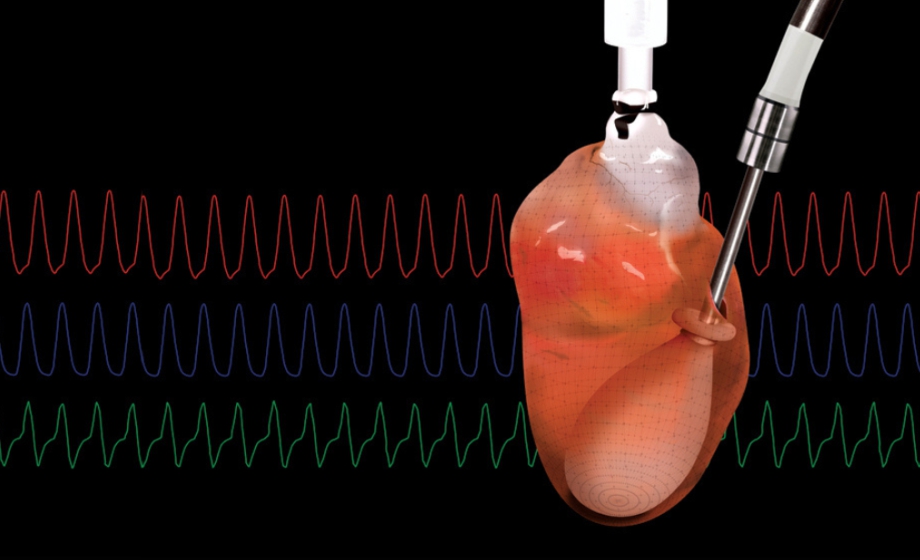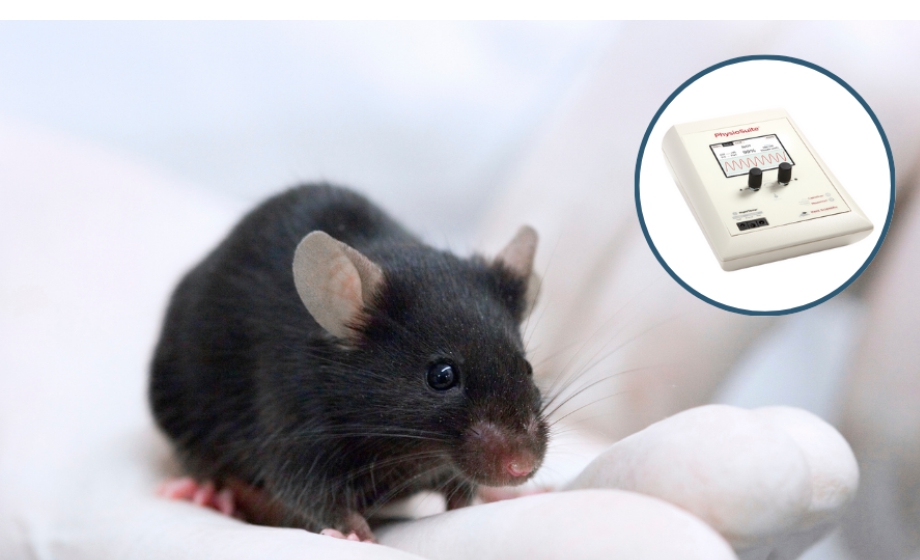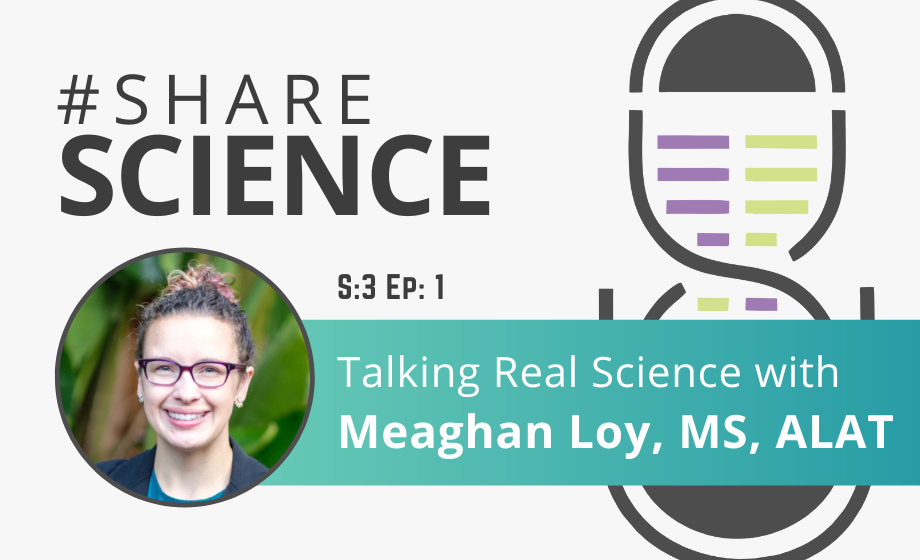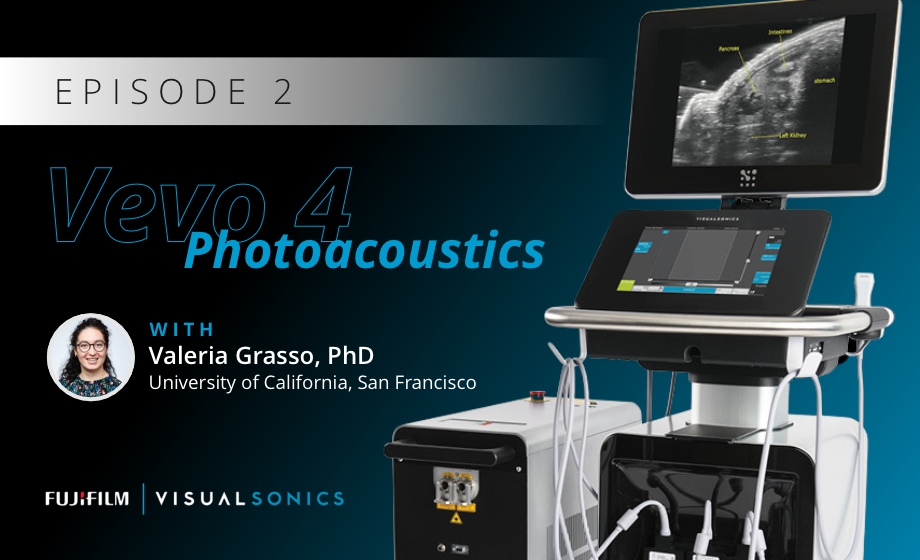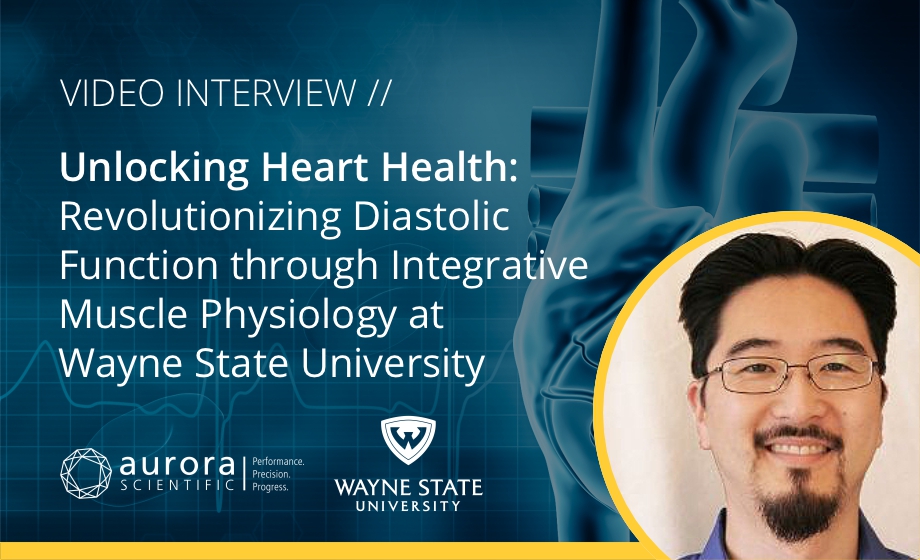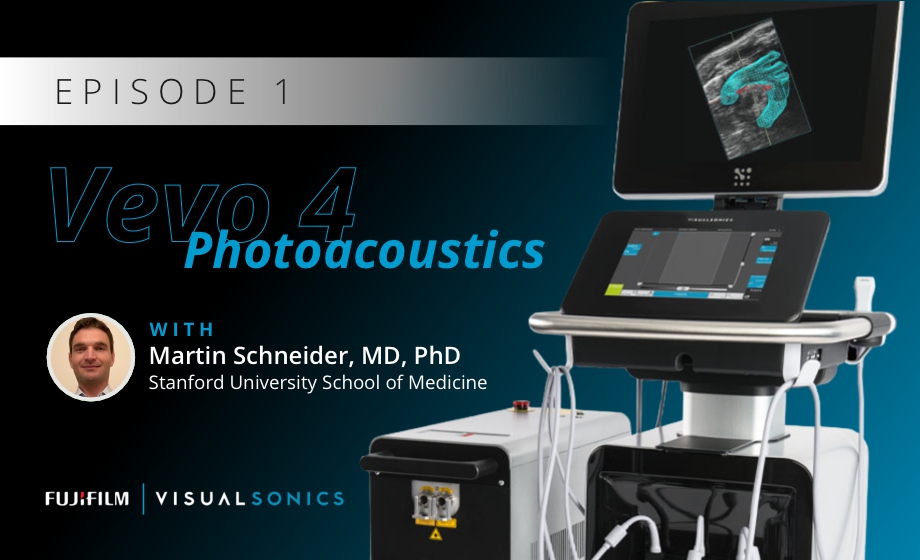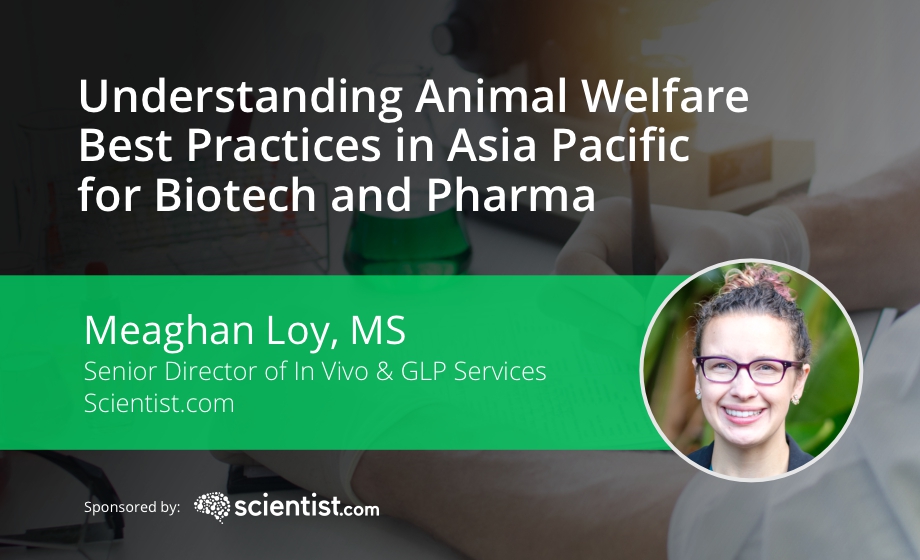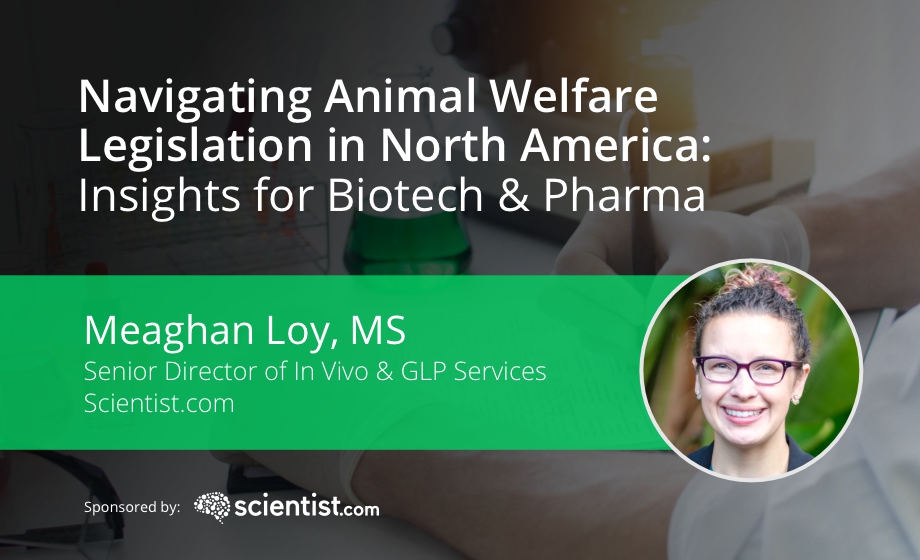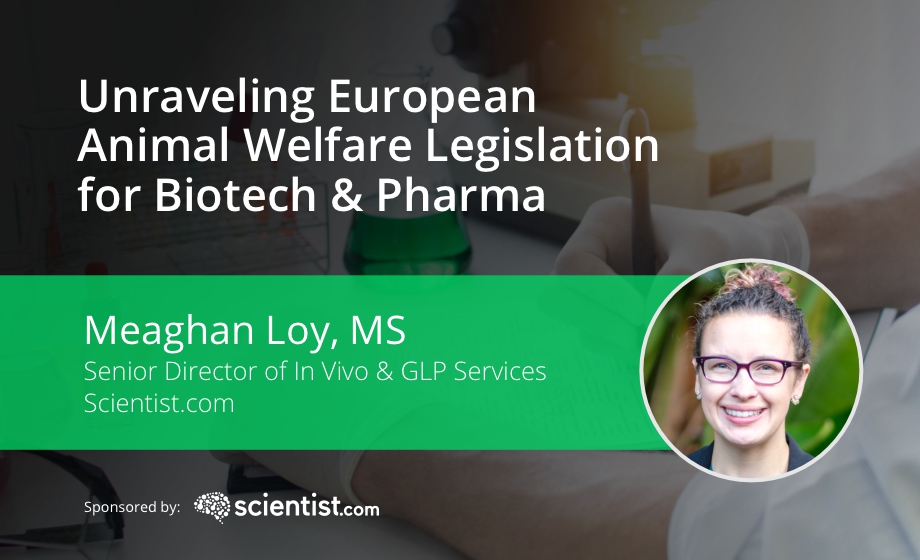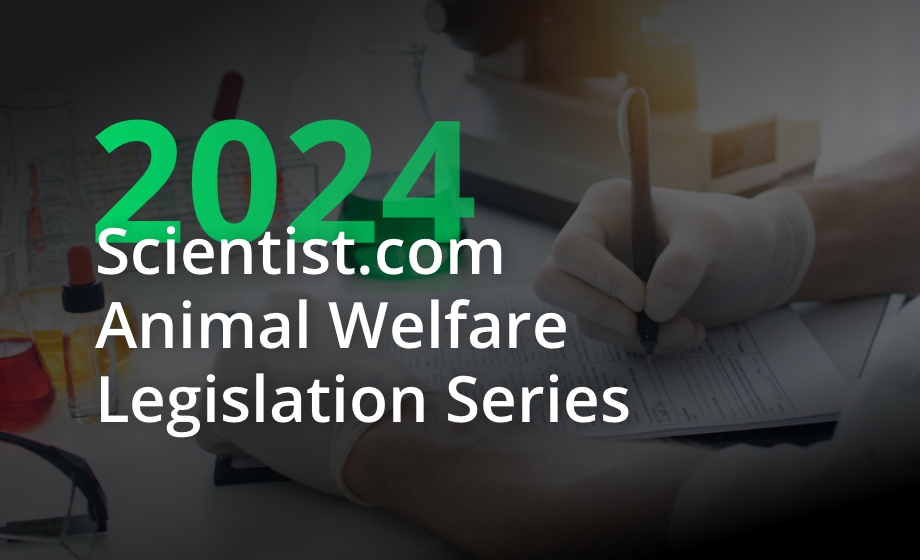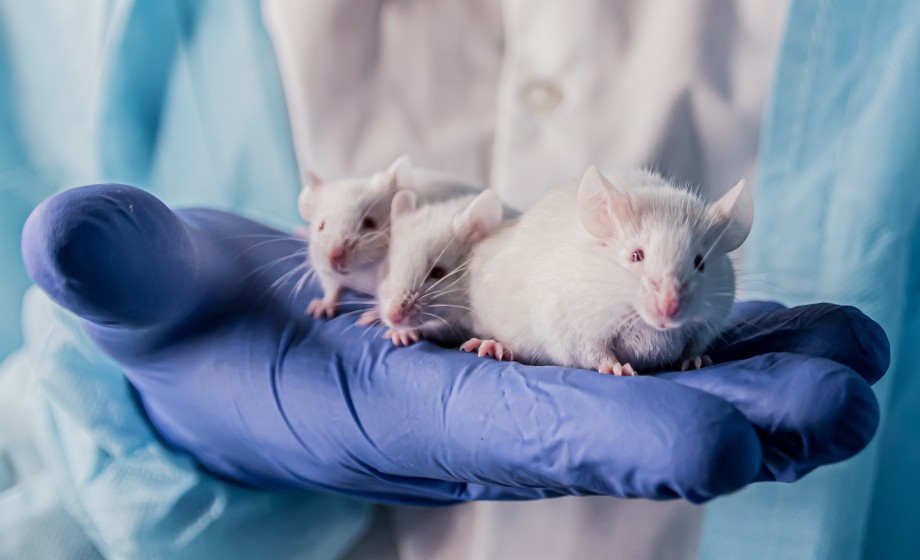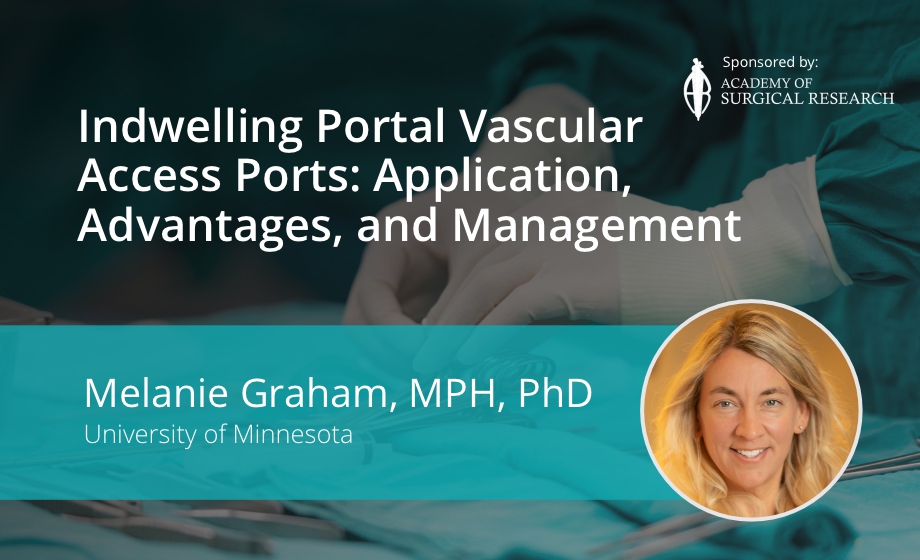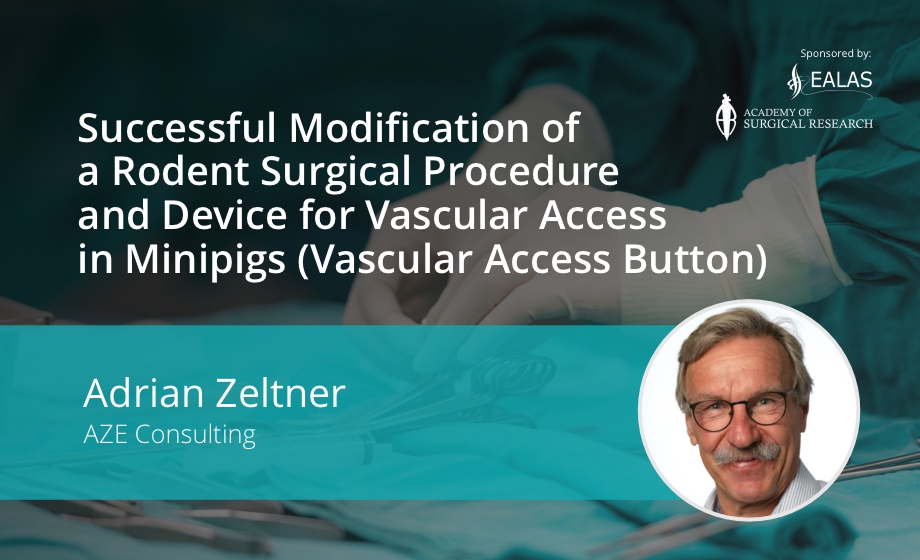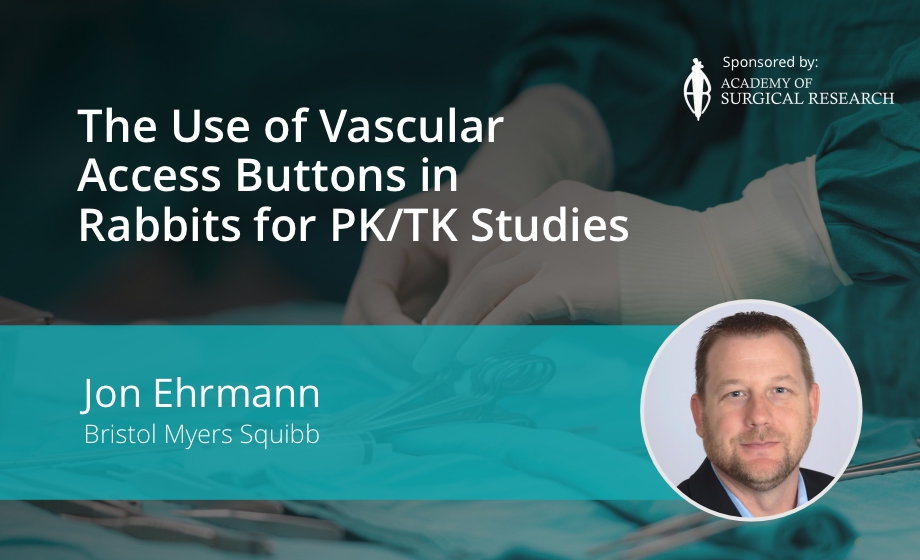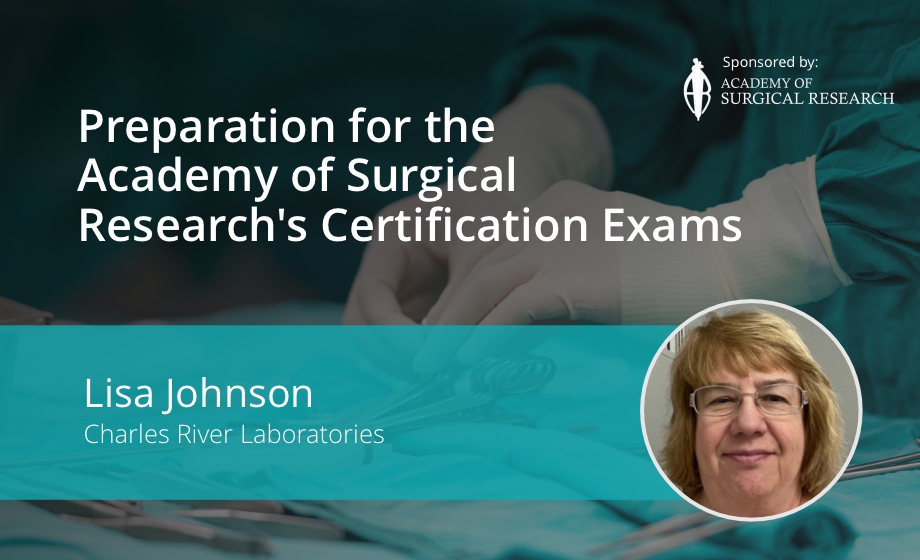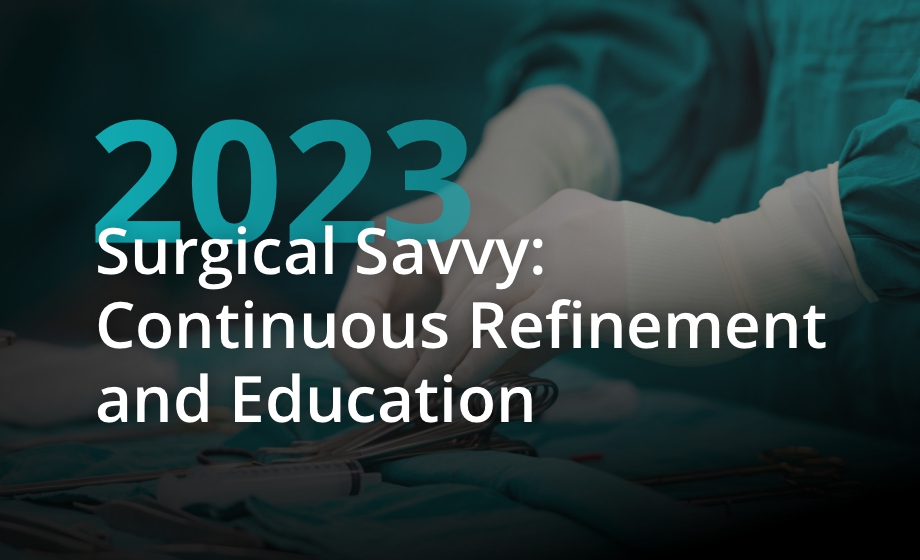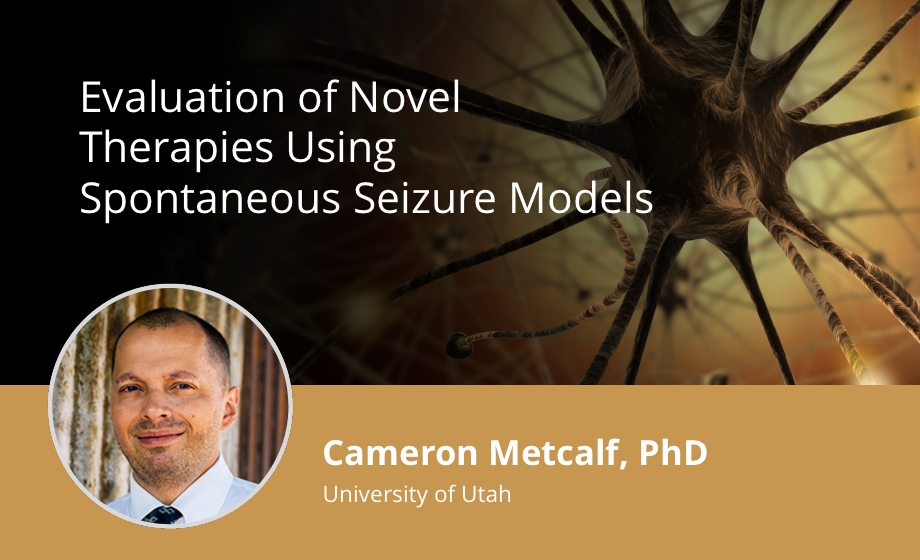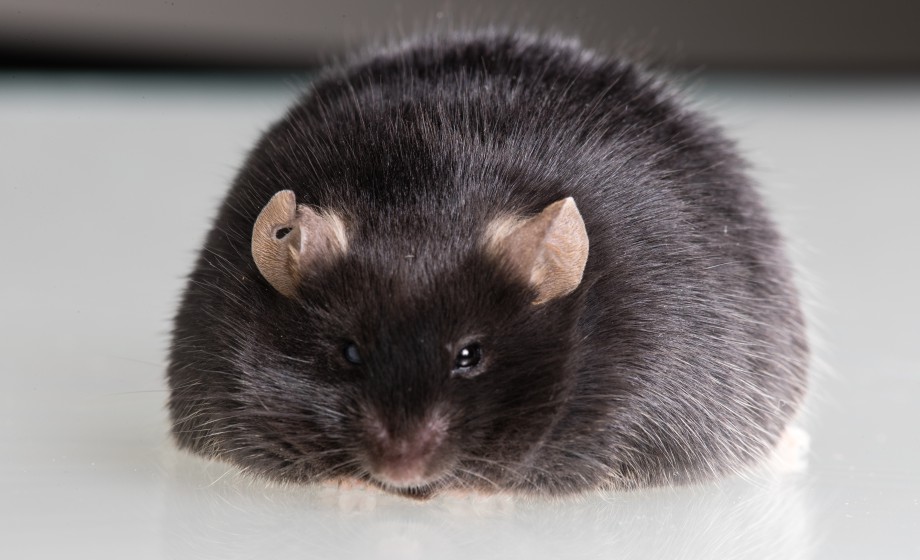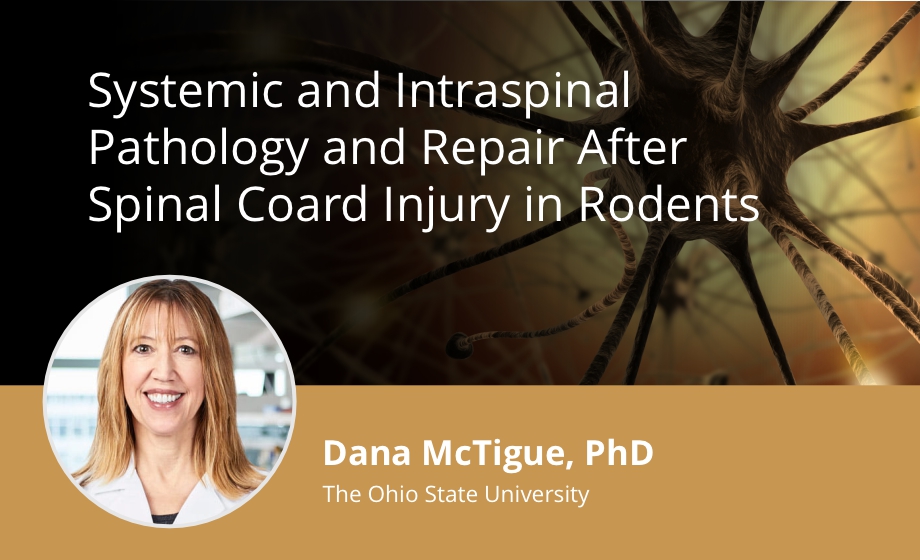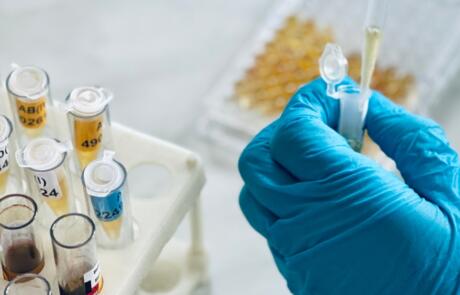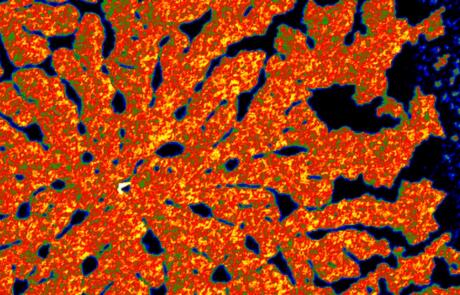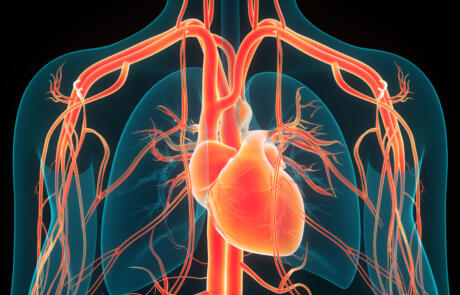Getting to the Heart of Cardiovascular Research: From Yesterday to Today and Looking Towards Tomorrow
Dr. Melanie White presents the various methods for assessing cardiac function in the context of pathology, spanning from in vitro to in vivo techniques, and how she integrates these with cutting-edge mass spectrometry in her research on cardiovascular disease pathogenesis.
Let’s Get Physiological: Non-Invasive Intraoperative Monitoring Basics
This demo offers an introduction to some more common methods of monitoring, with a focus on offerings from Kent Scientific.
Talking Real Science with Meaghan Loy on Rare Disease Day
On this episode of #ShareScience, we spoke with Meaghan Loy, Senior Category Director of In Vivo Services with Scientist.com, on Rare Disease Day.
Superpixel Unmixing Algorithm from Micro to Macro Photoacoustic Imaging of Tissue Components
Dr. Valeria Grasso describes a novel unsupervised Machine-Learning method named Superpixel Photoacoustic Unmixing (SPAX) framework.
Certis Oncology Solutions, Inc.
Established in 2016, Certis began its journey in precision medicine, helping individual cancer patients and their oncologists determine—with certainty—the best [...]
Evaluation of Novel Therapies Using Spontaneous Seizure Models
Cameron Metcalf and Katrina Irey answer questions from a recent webinar on technical requirements and benefits of spontaneous seizure models and epilepsy therapy development.
Unlocking Heart Health: Revolutionizing Diastolic Function through Integrative Muscle Physiology at Wayne State University
Dr. Charles Chung is an Associate Professor of Physiology at Wayne State University. Using integrated physiology, analyzing data from the molecular level to the whole muscle, his laboratory aims to provide new directions and identify novel treatments for a variety of cardiac disorders. Learn more about his research group by watching the interview or summarized blog below.
Successful Modification of a Rodent Surgical Procedure and Device for Vascular Access in Minipigs (Vascular Access Button)
Adrian Zeltner answers questions on the innovative use of the Rat Vascular Access Button in Göttingen Minipigs to streamline blood sampling and infusion.
Combined Near Infrared Photoacoustic Imaging and Ultrasound Detects Vulnerable Atherosclerotic Plaque
VisualSonics presents the first episode of their Vevo 4 Photoacoustics Web Series - Combined near infrared photoacoustic imaging and ultrasound detects vulnerable atherosclerotic plaque with Martin Schneider, MD/PhD from Stanford University.
Understanding Animal Welfare Best Practices in Asia Pacific for Biotech & Pharma
In this event, we focus on the Asia Pacific region, uncovering the landscape of animal welfare legislation and its implications for pharmaceutical and biotech players.
Navigating Animal Welfare Legislation in North America: Insights for Biotech & Pharma
Watch as we delve into the nuances of animal welfare legislation in North America, specifically addressing the needs of clients and suppliers in the pharmaceutical and biotech sectors.
Unraveling European Animal Welfare Legislation for Biotech & Pharma
This event illuminates the intricacies of animal welfare legislation, specifically comparing and distinguishing differences between EU, UK, and North American standards.
Animal Welfare Legislation Series
Scientist.com’s Animal Welfare Legislation Series is a 3-part webinar series to explore animal welfare legislation in North America, Asia, and Europe. In each installment, we delve into the region-specific regulatory requirements while discussing best practices and ethical guidelines for companies and organizations involved in bio-pharma sectors. Our intent is not only to shed light on the legal aspects but also to emphasize these stakeholders' crucial role in observing and promoting ethical practices in animal welfare.
The Use of Vascular Access Buttons in Rabbits for PK/TK Studies
Jon Ehrmann, BS, SRS, SRA, LATg answers questions regarding use of vascular access buttons in rabbits as a solution to challenges in venipuncture, enhancing blood collection, and intravenous administration for pharmacokinetic studies.
Preparation for the Academy of Surgical Research’s Certification Exams
Lisa Johnson answers questions on the Academy of Surgical Research's (ASR) certification exams to prepare individuals on what to expect.
Exploring Estrogen’s Role in Metabolism and the Use of 13C-Labeled Nutrients for Advanced Animal Physiology and Nutrition Research
In this Q&A, Dr. Reilly Enos and Dr. Levin answer questions about their research focused on estrogen signaling in obesity and metabolism in insect models, respectively.
Control of Muscle Glucose Uptake in vivo: Thinking Outside the Myocyte
In this webinar, David Wasserman, PhD provides a more complete understanding of muscle glucose uptake through consideration of the integration of physiological systems that control this process.
Indwelling Portal Vascular Access Ports: Application, Advantages, and Management
In this webinar, Melanie Graham, MPH, PhD highlights the benefits and reliability of using vascular access ports (VAPs) in animal models.
Successful Modification of a Rodent Surgical Procedure and Device for Vascular Access in Minipigs (Vascular Access Button)
Adrian Zeltner discusses the innovative use of the Rat Vascular Access Button in Göttingen Minipigs to streamline blood sampling and infusion.
The Use of Vascular Access Buttons in Rabbits for PK/TK Studies
Jon Ehrmann presents the use of vascular access buttons in rabbits as a solution to challenges in venipuncture, enhancing blood collection, and intravenous administration for pharmacokinetic studies.
Preparation for the Academy of Surgical Research’s Certification Exams
Join Lisa Johnson for a walkthrough of the Academy of Surgical Research's (ASR) certification exams to prepare individuals on what to expect.
Surgical Savvy: Continuous Refinement and Education
The Academy of Surgical Research (ASR), European Academy of Laboratory Animal Surgery (EALAS), and InsideScientific proudly present this 4-part webinar series focused on the ever-evolving world of research surgical techniques and practices.
Evaluation of Novel Therapies Using Spontaneous Seizure Models
In this webinar, Dr. Cameron Metcalf covers the technical requirements and benefits of spontaneous seizure models, addressing the challenges and optimization of 24/7 video-EEG data collection for epilepsy therapy development.
Exploring Estrogen’s Role in Metabolism and the Use of 13C-Labeled Nutrients for Advanced Animal Physiology and Nutrition Research
Dr. Reilly Enos and Dr. Eran Levin discuss estrogen's metabolic impact and how isotopic labeling and 13C-labeled nutrients can be used for animal physiology and nutrition research.
Systemic and Intraspinal Pathology and Repair After Spinal Cord Injury in Rodents
Join Dana McTigue for a deep dive into her work studying spinal cord injury in rodents and its resulting pathological features in lower organs.
